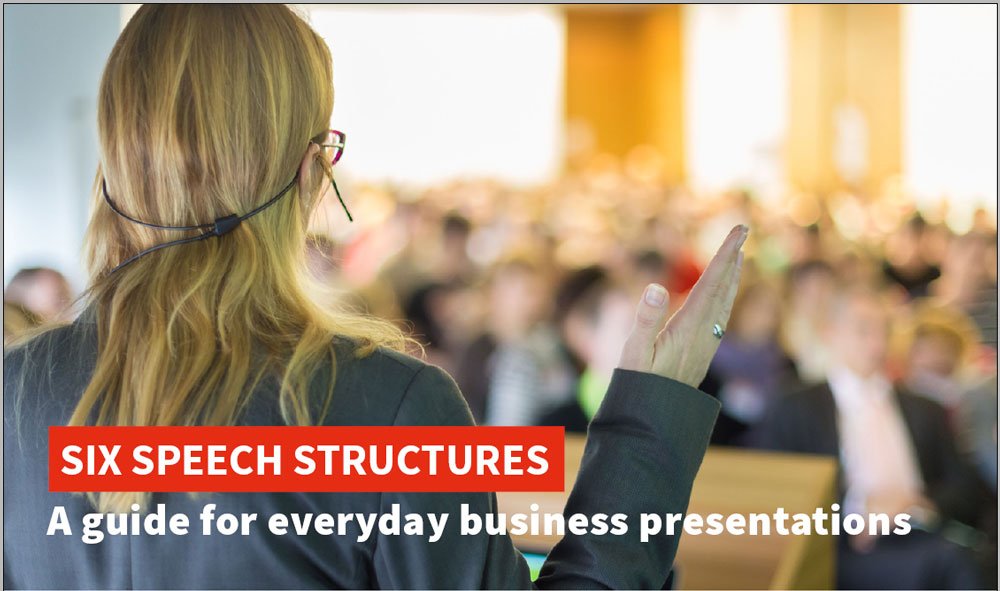How to Deliver Robust yet Inspiring Presentations


Presentations. We have all been there and with varying degrees of success too. While a successful presentation is a proud moment, too often these are few and far between – with most receiving a lukewarm reception and almost immediately forgotten.
The issue is rarely content, although there are those who choose to include every minute detail and immediately lose their audience. No, the content is not usually the factor that fails to enlighten and inspire audiences; it is the way in which that content is presented. Here are some practical tips to make your future presentations visually stimulating, persuasive, and ultimately successful in the call to action you are pitching.
Start strong
This piece of advice could be applied to a multitude of undertakings. Specifically, when presenting to an audience, or indeed performing in front of one (which you essentially are in this situation), it’s imperative that you capture their attention, and then keep them interested and invested for as long as possible. More often than not, a less than impressive start sees attention starting to wane before the presenter has remotely gotten into the gist of what they are really attempting to convey. It’s hard to come back from there.
What does a strong start actually look like? Visually, it must be compelling. It is crucial to provide interesting, insightful and relevant information to your target audience without overloading them with unnecessary details. And why not make it interactive too? Many people remain passive during a presentation, expecting the rapport and presentation to be unidirectional. “While this may seem beneficial to some of your audience members, others may find your ideas more compelling when presented in an engaged and participatory environment,” says Sean Cummins, a business blogger at NextCoursework.
FURTHER READING
10 Tips for… Starting Brilliantly
But build trust
As important as it is to make an impactful start to your presentation with hard-hitting facts and appealing images, don’t resort to statements and numbers that might be hard to substantiate. Furthermore, do not blindly criticize the thoughts or actions of those you are presenting to. Rather, promote dialogue and provide an alternate outlook or approach to an existing issue. It may be that you are offering a solution, for example, but blatantly condemning the status quo for the sake of it is not going to allow for your points to be smoothly acknowledged – let alone accepted. A degree of tact is required!
The initiation of trust-building is vital to the flow and outcome of a presentation. “If an audience does not feel they can trust you, they are less likely to want to listen to the messages you are wanting to deliver. It is not about knowing everything; people are there to enrich their insight and diversify their understanding of the topic of concern” advises Samantha Beckwith, a presentation writer at BritStudent.
FURTHER READING
The Relationship Between Incontinence, Credibility, Trust and Value
How to Captivate and Persuade Your Audience with Transparency
What’s your solution?
It is best not to take too long to get to the point. Although it is important to build rapport, the main focus of the presentation is to dive into the subject matter. A lot of professionals use the ‘BLUF’ (Bottom Line Up Front) approach. According to Glen Savage in his 2017 article on building trust when making a presentation, with this approach, the presenter tells the audience early on about how they will benefit and the continuation of the session affirms how and why.
Use compelling visuals
With regards to slide presentations, using huge portions of text is not advisable and will most likely result in a loss of attention from your audience. It is, therefore, recommended to use clear and concise keywords to serve as a reminder for what it is you plan on discussing.
What is the fundamental gain of utilizing these visual communication channels? The answer is multifaceted in nature. The audience members you are presenting to will most likely have a mixture of academic backgrounds. They pay attention and retain information differently. Some may only need visual stimuli, auditory elements or a mixture of both to grasp your messages. The use of images or videos needs to be balanced with evidence-based data and statistics. By keeping this equilibrium, you are not only acknowledging the needs of your audience but are also more likely to provide a well-rounded presentation.
FURTHER READING
Visual Learning Revisited – A Simple Truth Revealed
Be clear, concise, and consistent
The three C’s as we can call them. Don’t include any unnecessary fluff, say what you mean and mean what you say, and make sure that your presentation method is consistent. Select clean, simple fonts and don’t overpopulate slides. Make sure everything is relevant, and if you are listing, make sure that you are clear when one list is finished before another one begins. Simple linking words and slides will take the audience logically from one point to the next. Always put yourself in the shoes of the audience members: this is about them, after all!
FURTHER READING
The Best Way to Use Visual Elements in Your Slides
What is Visual Tone in your Presentation?
And be clear what the CTA is!
Before your presentation reaches its logical end (and is it logical?), have you made it clear what you want those in the audience to do? It’s all very well giving them food for thought with interesting facts and figures, but have you actually offered a solution to the issues at hand? And if you have, what is the next step?
Your Call To Action (CTA) may be something extremely simple, such as signing up to a brand newsletter but, even so, never conclude your presentation without making it clear that this is what needs to be done before you leave the room, conference call, or whatever.
And when you include your CTA, make it persuasive. What is in it for the audience members if they do what you ask? What is the advantage of doing so? Don’t make it abstract, spell it out loudly and clearly. And finally, show them exactly how this can be done.
It is important to sign off with something memorable, such as impactful image, but that must tie in directly with what you are trying to do, otherwise, you will leave empty-handed, and everything will have been in vain. Don’t deliver the perfect presentation, only to fail to make the conversion right at the end. It’s a mistake that many have made before you, so don’t do the same.
FURTHER READING
A Good Presentation Needs Structure













